Much has happened since I started planting this year’s
garden. The morning after I put the plants in the ground, the bugs arrived. For
reasons I don’t fully understand, whiteflies and other bugs love to nibble on
Vietnamese balm (kinh gioi). I situated the plant close to some summer savory
and Chinese chives – two pungent herbs that I thought would deter the bugs.
That didn’t work.
Each
morning, my husband and I would peek outside our bedroom windows to examine the
herb bed for overnight damage. Within about 5 days, I knew that I had to defend
my plants. I’d cultivated them for me to eat, not the bugs. I pulled out a few old tricks and headed to a local
nursery for advice on garden pest management.
Sluggo: I’ve
tried putting egg shells into my vegetable bed and pie tins of beer but the
remedy that has consistently kept snails and slugs away is Sluggo. After
watering, I sprinkle the small white cylinders at the perimeter of the bed. The
idea with Sluggo is that the snails eat it, become less hungry and then starve
themselves to death. Sluggo doesn’t harm other animals that may ingest it so it’s
a win-win product. You have to re-sprinkle when Sluggo is no longer visible.
Insecticidal soap:
About fifteen years ago when I started to seriously grow an edible garden, I
decided to whip up my own homemade insecticidal soap, having read various
recipes online and in magazines. I ground up raw garlic with black pepper and
cayenne and diluted it with water and a little dishwashing soap to make it
stick. Alas, the stuff was okay with keeping bugs at bay, but it clogged up the
sprayer and kind of pre-seasoned the stuff I grew. Not good.
So I bought stuff like neem oil and Safer. I usually buy it
in concentrated form to save money in the long run. This year, a young man at
the nursery suggested a new Safer product whose name I absolutely love: EndALL.
It’s good for organic gardening and kills 45 kinds of insects! I’ve sprayed it
on the plants twice now, making sure to get the underside of the leaves where
the bugs tend to hide and hatch their eggs. Pull the leaves upward to spray
underneath. EndALL
insecticidal soap hasn’t proven to be the 'be all' but it has slowed down the feasting
bugs.
Pest Control Plants:
In our backyard, we have fragrant plants like lavender, chives and petunias –
all of which are lovely to look at but also help to keep bugs away. In the
garden bed itself, I plant marigolds. Right now, I only have 6 plants in but I’ll
add more this week. The ones I bought don’t have enough of a scent to deter the
bugs. Make sure yours are fragrant. Look at how they’ve chewed away the leaves
of this marigold already:
A terrific list of pest control plants is here.
Cayenne: Some
pests attack plants from the top, some slither and slide to the plant, while
others root underground. This weekend I noticed that someone had been eating at
the top as well as the base of the Thai basil, enough to weaken its stems.
Spraying EndALL and sprinkling Sluggo didn’t deter the pest. Neither did the
marigold nearby. So I’m trying something new: sprinkling cayenne around the
plant.
My husband thinks it’s a raccoon or skunk who’s doing the
damage in the middle of the night. Maybe the cayenne will be a midnight wakeup
call. I’m not sprinkling it all over the bed because cayenne can harm honeybees,
which gather around the lavender nearby in our garden. For more info and ideas
on using red pepper in the garden, see this
site.
I’m writing about the negative stuff in the little vegetable
bed and neglecting the wonderful things that have developed. In a span of a
week, there are signs of edibles on their way:
Green beans are heavenly right after harvest and I’m partial
to slender French filet beans (haricot verts) grown as bush beans because I’m terrible with
trellising. There’s also a mixture of lettuce for my husband to whip up a
summer salad or for us to wrap grilled morsels up for a Viet meal. And a chile
plant’s blooms are turning into fruit.
Finally, Ricardo, whom we thought had ‘fired’ us as clients
called this morning. He explained that he was stuck in Mexico for six months
trying to put together paperwork for his wife to cross the border. All is well
with his situation and he’ll be back at our place to help us out soon. Yup, things
are looking up.
P.S. Anyone with gardent pest management experiences to share? And, any anti-gopher ideas? Our entire neighborhood is under attack now!
Related posts:













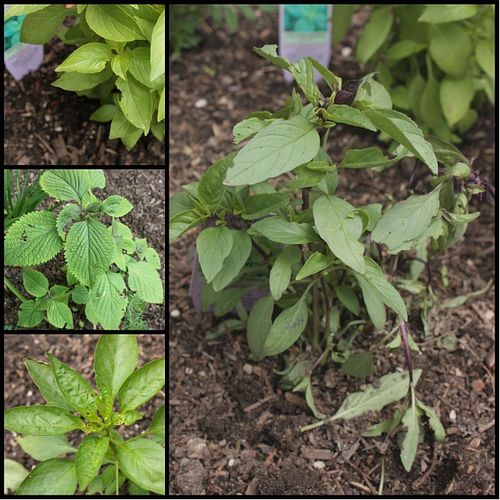
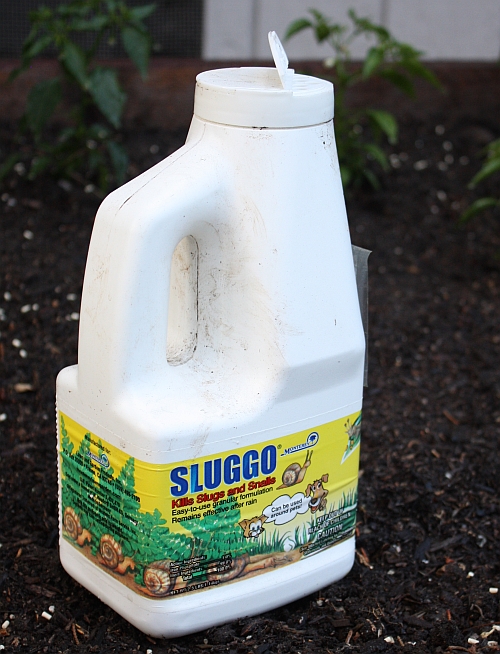
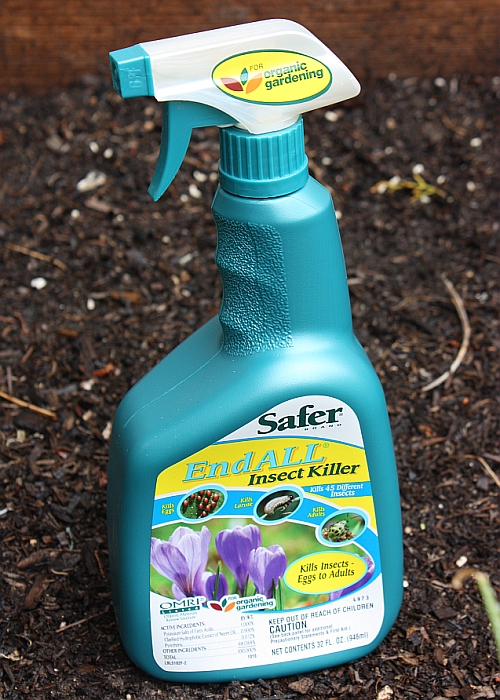
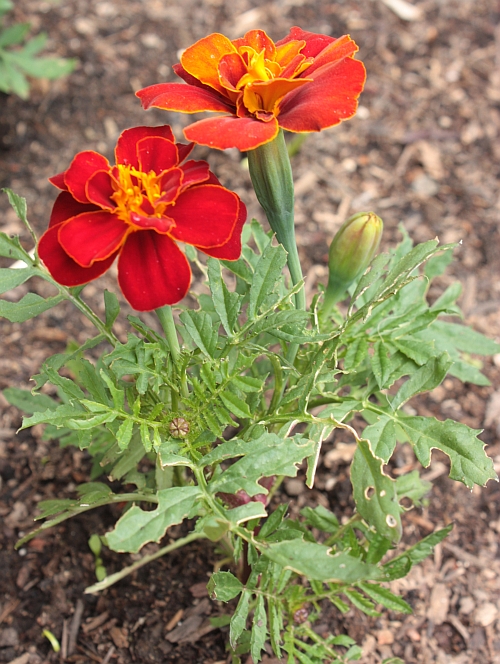
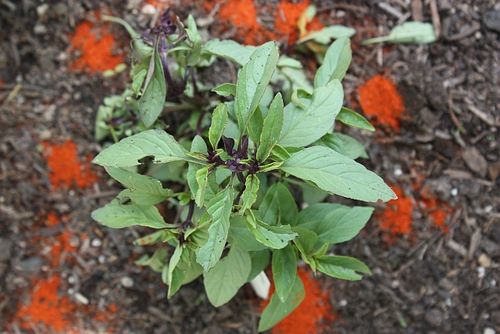
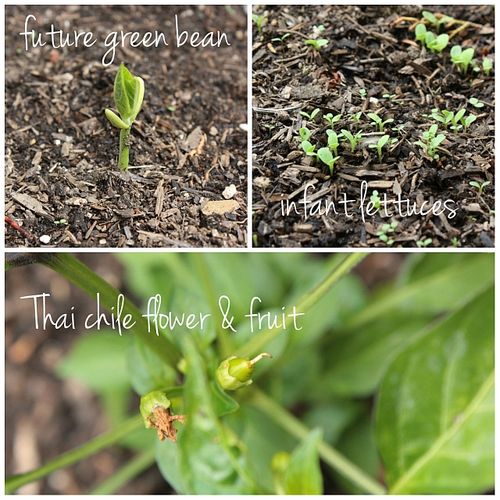
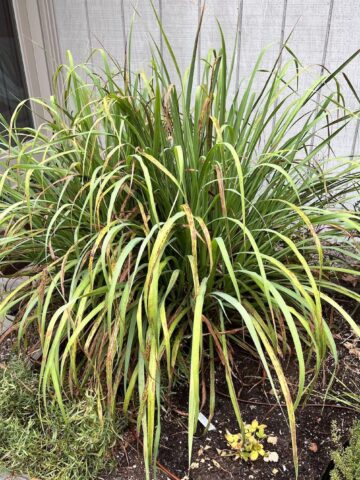
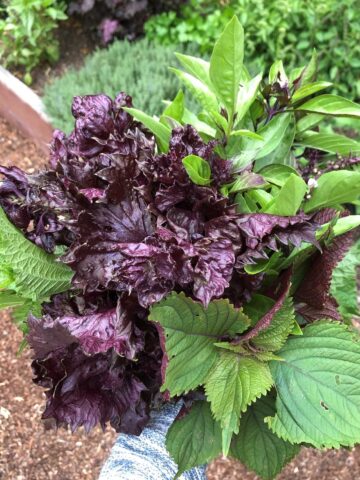
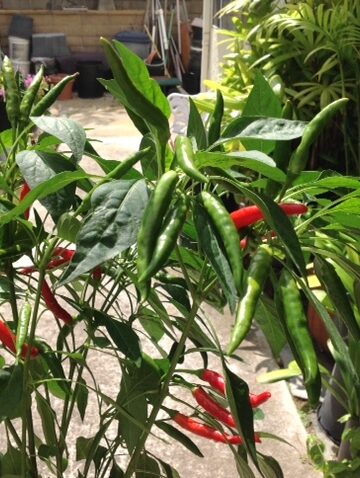

Chris says
You seem to have quite an infestation there. Luckily so far it has been good in my garden. I am using lavender oil mixed in with water in a bottle sprayer and rain it on the leaves, both indoor and outdoor. As well, spray it onto the compost container that sits on the kitchen counter. Good luck!!
doledrumdiva says
wow - I had no idea cayenne could be harmful to bees - so thank you! Do you have bluebells where you live, because using some of their leaves after they've flowered laid as a barrier around squash seedlings etc gives some protection against snails...i also use lip gloss on the stems of fruit bushes and sturdier/more woody stems to stop ants climbing up and 'farming' aphids for their honey dew.
There's a great US company, who have a really useful list of homemade disease/pest controls http://www.ghorganics.com/
over here in london, so many seedlings are almost giving up the will to live thru lack of sun and warmth - want to create a new name for this month - torn between jucember and juvember.
Lisa says
For the past 3 years, bunnies have eaten my green bean plants, to the point where they kill them. I've not had any harvest at all. So this year, I went out and bought some of that plastic mesh aimed at keeping birds and small animals out, put some tomato cages in and around the various varieties of bean plants, and then strung the mesh over it and secured it to my little 18" fence with twist ties. So far, no problems!
Simon Bao says
Andrea, not every gardener and not every garden is able to do this, but... one can try to attract Ground Level Insect Predators to the garden - toads and lizards and frogs, and the praying mantis - and let them do most of the heavy lifting with pest management. If toads naturally occur where you are, put a toad house in each of your raised beds or a few toad houses in the corners of your gardens. Where I live, toads and fence lizards are very effective at Search & Destroy missions. They don't need much from us, but toads really do like a nice little house with a front and rear exit, and they'll move right in as soon as one is provided.
If toads naturally occur in an area, but haven't been spotted in a garden in ages, one can always pay an industrious neighborhood kid to catch a few that are then relocated into one's own toad houses.
If the praying mantis occurs naturally in an area but the last one was killed off long ago by pesticides, praying mantis eggs can be purchased online - and a population of predators is easily re-established in the garden.
Not everyone can attract the Airborne Insect Predators either, but where I live purple martins and bats are real gluttons for garden pests (the bats eat the moths that lay the eggs that become the noxious caterpillars). Martins and bats are easy enough to attract with purple martin houses and bat houses. In some places, the winged predators have left because of over-development, over-use of pesticides, and destruction of suitable nesting trees - and restoring some suitable native trees may be necessary.
A great source of information on how to attract some native Airborne Insect Predators might be one's own local or state Audubon Society; they typically have information about how to attract welcome guests to the garden (e.g., both the pollinators and the pest predators).
Andrea Nguyen says
Chris, diluting lavender oil is BRILLIANT! Thanks for the tip.
Andrea Nguyen says
The cayenne and honeybee connection was unknown to me too. Go figure!
I'm sure we have bluebells here. There's not enough discussion about anti-pest plants. Greatly appreciate the link to the homemade pest control solutions.
We had a warmish, dryish winter here in coastal Northern California but thus far, June has been dreary. It's definitely Jucember for us here.
Andrea Nguyen says
Oh goodness, as cute as bunnies are, they love to nibble on edibles! We had a homeless bunny in the yard last year and our green beans were ravaged. I share your pain.
The tomato cage and mesh idea is fabulous! Thanks.
Andrea Nguyen says
Toads... we're not wet enough for them here, unfortunately, though I hear they can make beastly noises when mating!
It's definitely important to identify where your plants are being attacked. In diagnosing my situation, the guy at the nursery asked me, "Do you see the pests?" I told him that they're arriving top down, and all around!
Audubon is not just for the birds, eh? They do have some great resources. Some articles I found here: http://archive.audubonmagazine.org/backyard/gardening.html
Juan says
Hi Andrea!!I´ve been suffering the same (mostly whiteflies). tried lots of remedies, and the best of all, a yellow plastic with oil on it just near to the plant (you can tide the plastic to a wooden stick). the flies like the yellow color and will die stucked on the oil. it will help to reduce them a lot!!give it a try!!
Congrats for the garden!!!